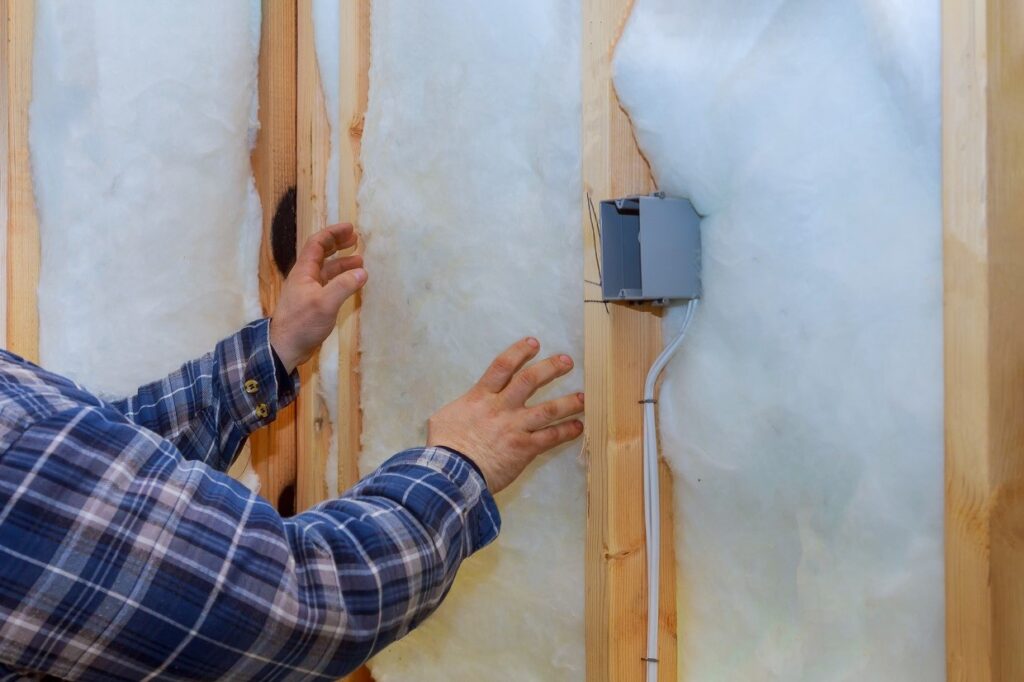How Does Insulation Reduce Noise?
Limiting the transmission of sound from one area to another requires a material that encloses the source of the noise and forms a barrier that absorbs vibrations between the source and the adjacent areas. This is exactly how insulation works!
However, not every type of insulation reduces noise. Reflective insulation such as radiant barrier works by reflecting radiant heat from the sun. It is installed in the attic, right under the roof and reflects energy from the sun, which keeps your home a lot more comfortable (but doesn’t act as a sound barrier at all).
If you want soundproofing insulation, cellulose, fiberglass and foam insulation are great choices. These types of insulation reduce outside noises and noises from room to room and between different levels of your home or building. Fiberglass and cellulose can be installed in walls, floors and ceilings
Insulation & Soundproofing: Airborne & Impact Noises
There are two different types of sound: airborne and impact. Airborne noises come from outside (traffic, voices, etc.) and also include noises from the TV, music and other things inside the house. Impact noise includes footsteps and vibrations from large appliances such as your washer and dryer. Insulation reduces both airborne and impact noises. If your walls are properly insulated, you’d probably be surprised at how much quieter noises from your neighbor’s apartment or outside on the street seem!


